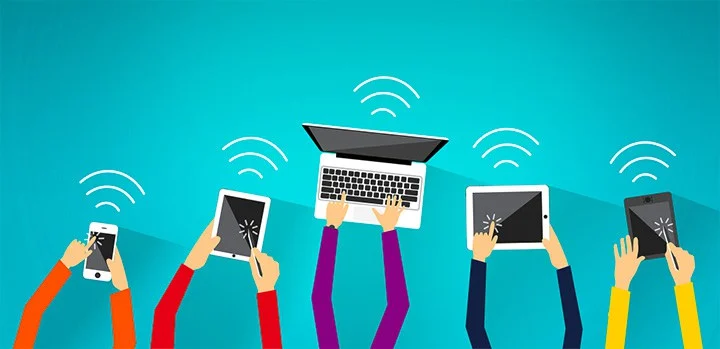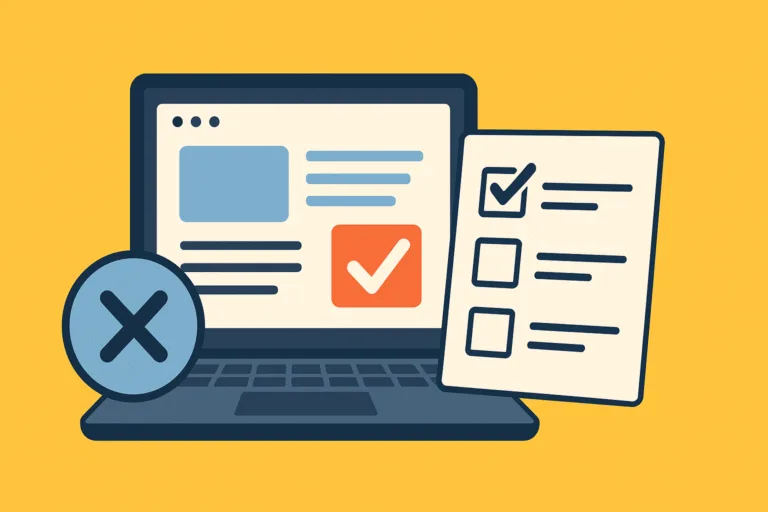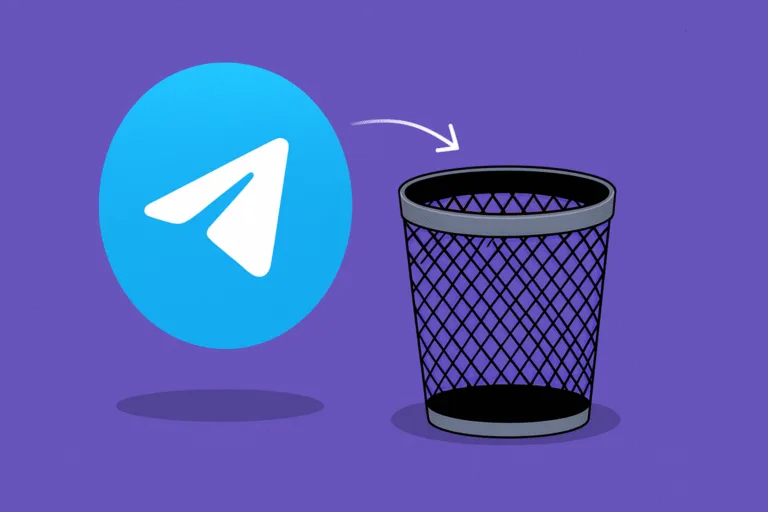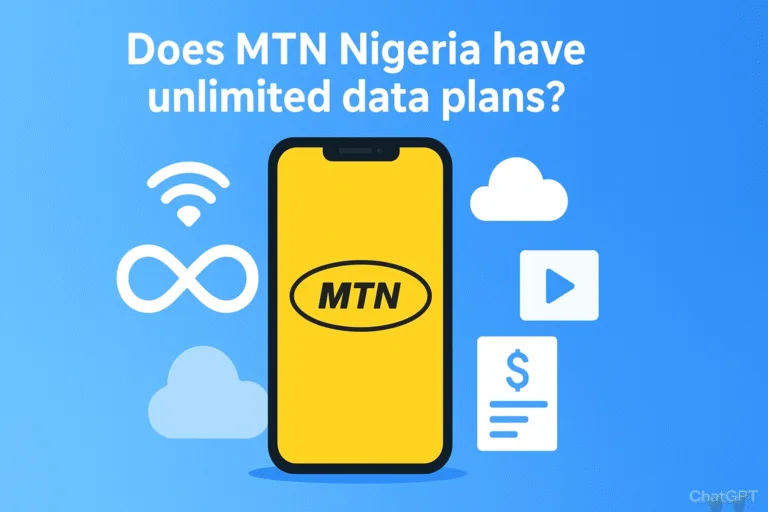Sometimes, when you’re out in public, there may be instances where you need to connect to the internet, and your only available option is to use a public Wi-Fi network. When you’re at a café, airport, or any other public place, these networks can be quite convenient.
You have to be aware that using public Wi-Fi comes with certain risks and security concerns that you should consider. In this article, we’ll highlight these dangers and provide tips on how to stay safe while using public Wi-Fi.
- Security Risks: Public Wi-Fi networks are often less secure than private ones. They can be vulnerable to various types of cyber threats, including hacking, eavesdropping, and data interception. When you connect to a public Wi-Fi hotspot, your data can potentially be accessed by malicious actors, jeopardizing your personal information and privacy.
- Man-in-the-Middle Attacks: Hackers can intercept the communication between your device and the Wi-Fi network in what is known as a “man-in-the-middle” attack. This allows them monitor your online activities, capturing sensitive data like login credentials, credit card information, and more.
- Malware Distribution: Public Wi-Fi networks can serve as breeding grounds for malware. Cybercriminals may inject malicious software into these networks, and if your device is not well protected, you could inadvertently download malware when connecting to such networks.
- Unencrypted Connections: Many public Wi-Fi networks do not use encryption to protect data transmissions. This means that information sent over these networks is transmitted in plain text, making it easier for attackers to intercept and read.
- Spoofed Hotspots: Hackers can set up rogue Wi-Fi hotspots with names similar to legitimate public networks. Unsuspecting users may connect to these fake networks, giving the attacker access to their data. One has to verify the network’s authenticity before connecting.
- Privacy Concerns: Using public Wi-Fi networks can also raise privacy concerns. Your online activities, including the websites you visit and the data you transmit, might be monitored or logged by third parties, including the network provider or advertisers.
- Auto-Connecting to Open Networks: Some devices are configured to automatically connect to open Wi-Fi networks, putting users at risk. When your device connects to an unsecured network without your knowledge, it can expose your data to threats.
- Inadequate Password Protection: Public Wi-Fi networks often use weak or shared passwords, making them more susceptible to unauthorized access. Cybercriminals can discover or guess these passwords and exploit them.

How to Stay Safe on Public Wi-Fi
Using public Wi-Fi networks carries inherent security risks, as they are often targeted by cybercriminals who want to intercept data or gain unauthorized access to connected devices. To maintain online security while using a public Wi-Fi, it is necessary to follow a set of best practices and take precautions.
- Use a VPN (Virtual Private Network): A VPN is a powerful tool to protect your data. It encrypts your internet connection, making it challenging for hackers to intercept your information. Before connecting to a public Wi-Fi network, make sure you have a reliable VPN service installed on your device.
- Disable Automatic Wi-Fi Connections: Many devices are set to automatically connect to open Wi-Fi networks. This can be risky as you might inadvertently connect to a malicious hotspot. Turn off this feature on your device to have better control over the networks you connect to.
- Choose Known Networks: Whenever possible, use Wi-Fi networks you trust. Public Wi-Fi from reputable sources, like cafes or airports, is usually safer than networks with generic or suspicious names. Confirm with the establishment or location staff if you’re unsure about the legitimacy of the network.
- Enable Two-Factor Authentication (2FA): Enabling 2FA adds an extra layer of security to your online accounts. Even if someone manages to get your login credentials, they won’t be able to access your accounts without the secondary authentication method.
- Keep Your Software Updated: Regularly update your device’s operating system and applications. These updates often include security patches to fix vulnerabilities that hackers may exploit. Keeping everything up to date reduces your exposure to threats.

- Avoid Sensitive Transactions: Public Wi-Fi isn’t the best place for sensitive activities like online banking or entering credit card details. If you need to perform such transactions, consider using your cellular data network or a trusted, secure Wi-Fi connection.
- Turn Off Sharing: Disable file and printer sharing on your device while using public Wi-Fi. This prevents unauthorized access to your files and makes sure your device isn’t visible to others on the network.
- Be Cautious with Free Wi-Fi: While free Wi-Fi can be tempting, exercise caution. Some free networks may not be secure, and cybercriminals can exploit them more easily.
- Log Out of Accounts: Always log out of your accounts when you’re done using them, especially on public computers. This prevents others from accessing your accounts if you forget to close the browser or application.
- Use HTTPS Websites: Whenever possible, access websites that use HTTPS encryption. Look for the padlock icon in your browser’s address bar. This signifies a secure connection, which helps protect your data during online interactions.
The next time you connect to a public Wi-Fi network, you have to keep these tips in mind. Being proactive and staying alert about your online security is essential for a safer and more enjoyable experience on public networks.




